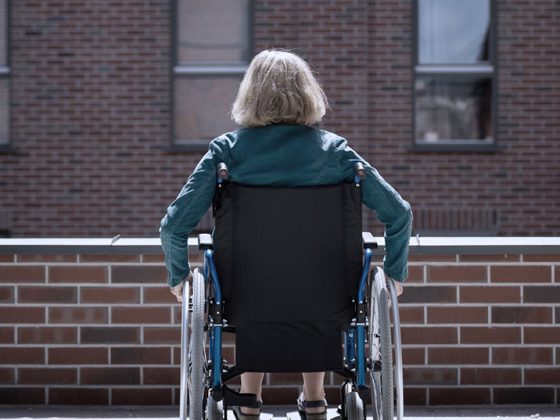In patients with newly diagnosed AF, early initiation of rhythm control may reduce cardiovascular outcomes. Therapy with antiarrhythmic drugs and/or catheter ablation reduced cardiovascular deaths, strokes, and hospitalizations caused by worsening heart failure or acute coronary syndrome compared with current evidence-based standard care.
Also, although early rhythm control was associated with more adverse events, the overall safety of both strategies was comparable and did not affect the number of hospital nights per year. These were the findings of the EAST-AFNET 4 study [1,2]. The research team showed that even with current guideline-based treatment, about 5% of patients with AF experience acute coronary syndrome, heart failure, stroke, or cardiovascular death each year. The risk of cardiovascular complications is increased, especially in the first year after the diagnosis of atrial fibrillation. So the sooner rhythm control therapy starts, the sooner it can work.
Included were 2789 patients with early AF and cardiovascular disease who received either early rhythm control or standard care. Early rhythm control included treatment with antiarrhythmic drugs or catheter ablation after randomization. Standard care limited rhythm control to treatment of atrial fibrillation-related symptoms. The primary end point was death from cardiovascular causes, stroke, or hospitalization with worsening heart failure or acute coronary syndrome. After a median follow-up of 5.1 years, the study was stopped early for efficacy. Early rhythm control therapy was found to be associated with a lower risk of cardiovascular outcomes than standard care in patients with early AF and cardiovascular disease.
Source: ESC Congress 2020
Literature:
- Kirchhof P. EAST – AFNET 4: Effects of Early Rhythm Control Therapy in Patients with Atrial Fibrillation. Hot Line 1, ESC Congress 2020, 29 Aug.
- Kirchhof P, et al: Patients with Atrial Fibrillation. New Engl J Med. 2020, August 29. DOI: 10.1056/NEJMoa2019422.
CARDIOVASC 2020; 19(3): 36 (published 9/18/20, ahead of print).











